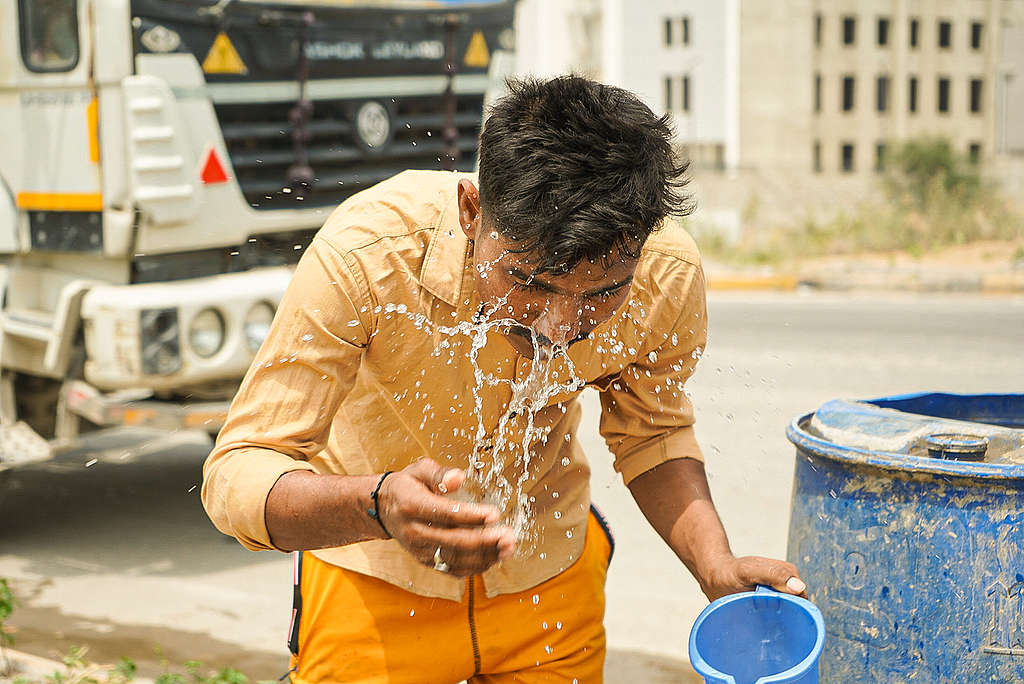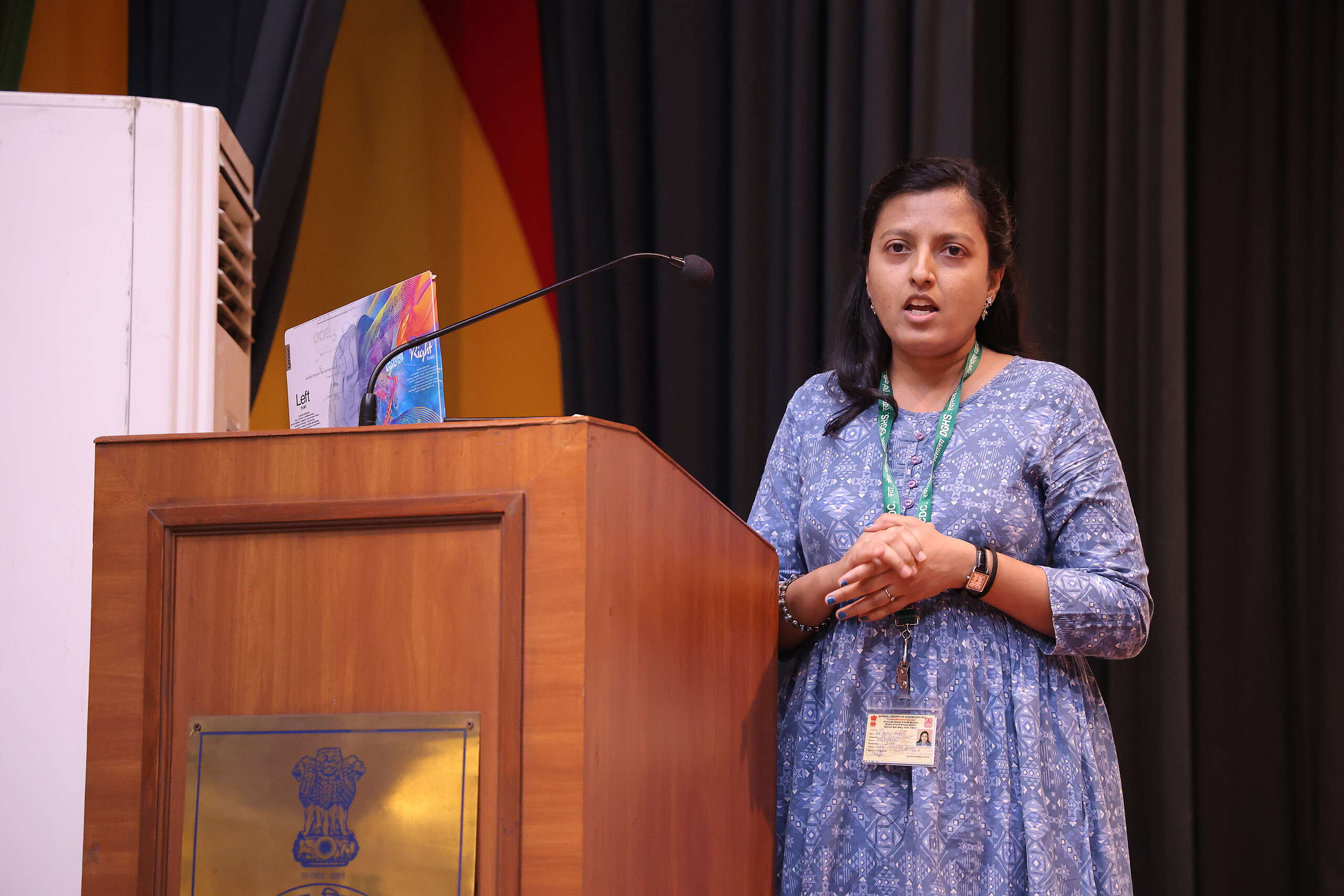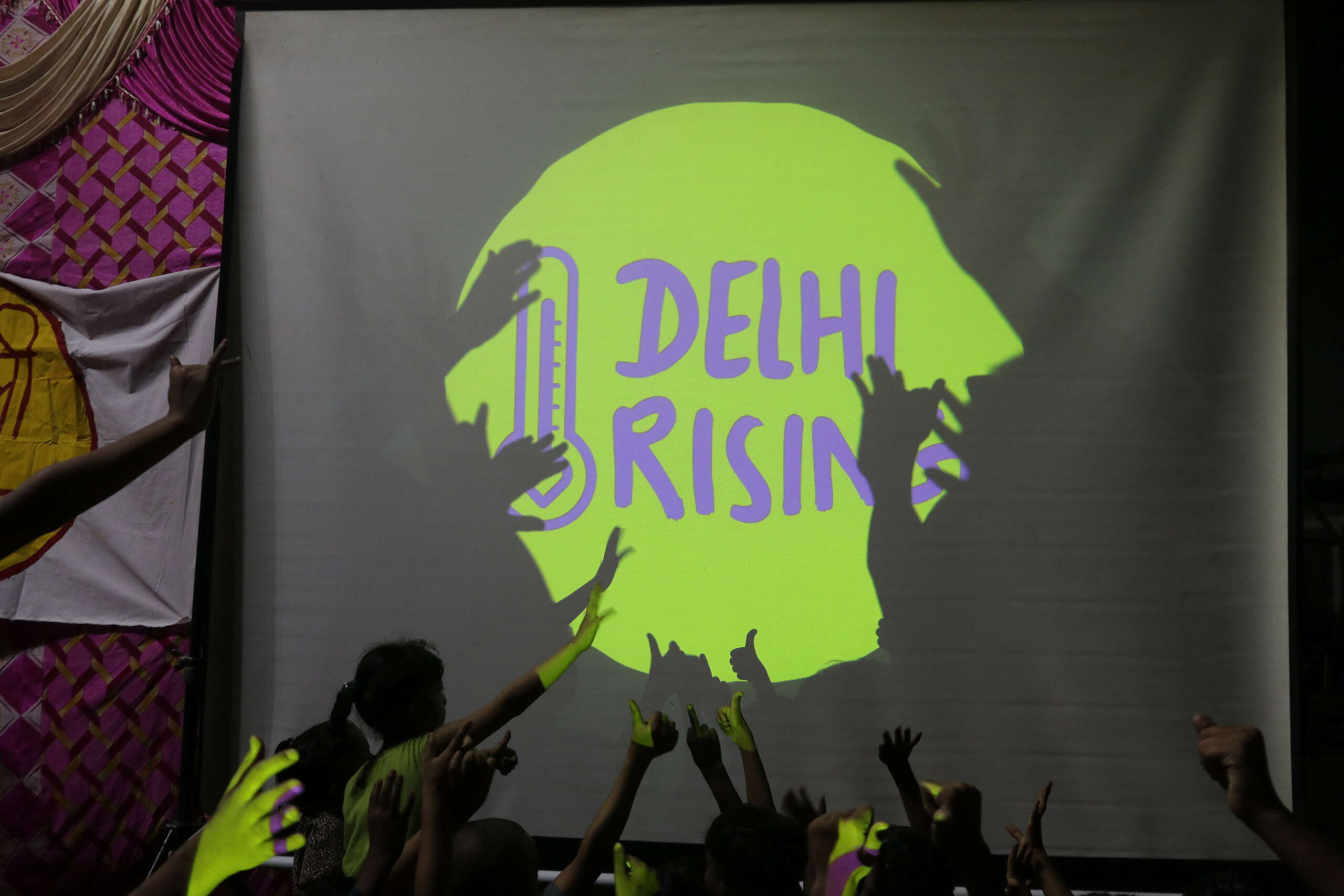
New Delhi, May 13: Greenpeace India assesses heatwave projections based on distinctive scenarios of Intergovernmental Panel for Climate Change (IPCC) AR6 report. The projections in the scenario where CO2 emissions double by 2050(SSP5-8.5), reveal that Delhi’s maximum temperature will be 4oC higher than the average in the 2080-2099 period. In the same period Delhi’s average temperature will be 5 degrees warmer than now with a maximum temperature that can reach 48.19o C. The national capital’s recent heatwave recorded 43oC on 29th April, 2022 which is well above its average maximum temperature for the month of April. Analysis of the historical daily temperature for April from 1970-2020 suggests that only 4 years have recorded a value higher than 43oC.
Such a drastic and rapid increase in temperature will mean India will experience more unprecedented and prolonged heatwaves, extreme weathers, increased hospitalizations even leading up to fatalities and irreparable damage to agriculture and wildlife risking our food and nutritional security. “The heatwaves are fatal for public health and the economy. It also puts ecosystems at risk. We have enough science to link such extreme weather events to climate change. Unfortunately, if we do not act now, the threat is only going to increase in frequency, duration and magnitude.” says Avinash Chanchal, Campaign Manager, Greenpeace India
Inland cities are at a significantly higher risk of heatwaves in the absence of regulation by the oceans and a higher temperature range than coastal areas. The impaling temperature rise is expected to severely impact citizens particularly in cities like Delhi, Lucknow, Patna, Jaipur and Kolkata who share similar temperature patterns. According to the assessments in the same scenario, in the 2080 to 2099 period, Mumbai & Pune will be 5oC warmer than now on average with the maximum temperature 4.2oC hotter and Chennai will be 4oC warmer than now on average with the maximum temperature 3.7oC higher.
Unfortunately, as always, it will be the vulnerable communities who will face the crisis at its worst form. The most vulnerable populations, including the urban poor, outdoor workers, women, children, senior citizens, sexual minorities etc are at a significantly greater risk, as they lack adequate access to protective measures. Governments must fortify the resilience of such vulnerable populations by immediately providing aid in a just and equitable manner. State and city authorities must strengthen the public health system, and coordinate with meteorological agencies to relay timely warnings and advisories to citizens.
“As long term measures, urban planning must provide for and maintain adequate green cover which includes rooftop gardening, community nutritional gardens, parks, mini forests, road-side tree cover and water bodies. Reducing the CO2 emissions, such as shifting to renewables and phasing out internal combustion engines, contribute to reducing the rate of warming in the long run. Phasing out fossil fuels, particularly for energy and transportation systems, is the most practical and immediate solution to tackling climate change and protecting public health.” Chanchal added.
Link to report
For further information:
Avinash Kumar Chanchal
Ph: +91 88821 53664



